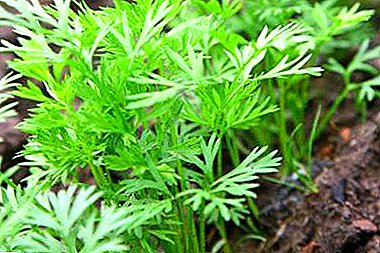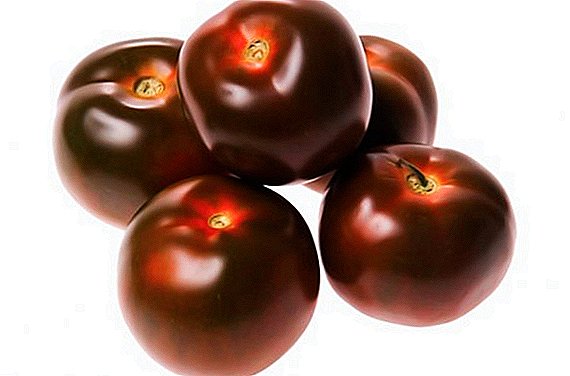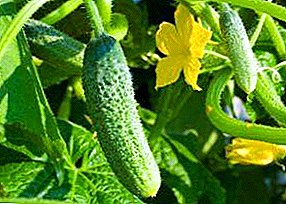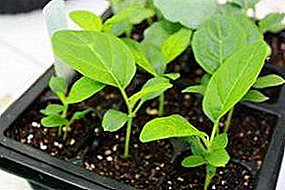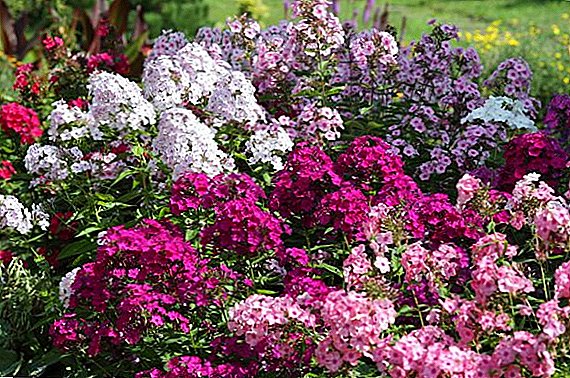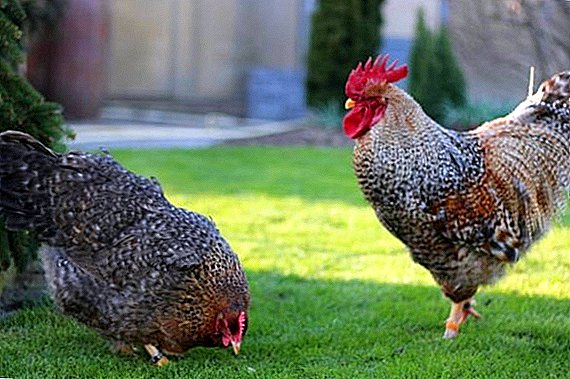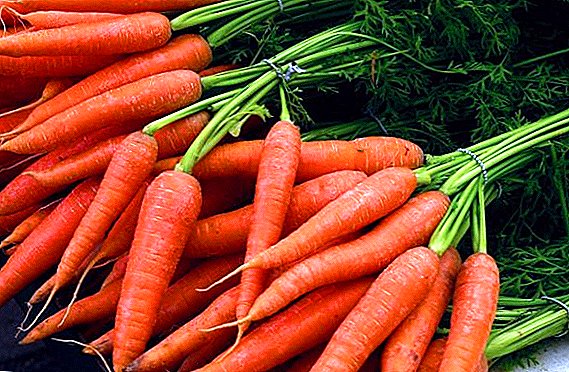 It takes a lot of time and effort to grow a crop, so it is important to harvest it and keep it cold until winter to have fresh vegetables. Among all root crops, carrots are considered the most capricious in terms of storage. Therefore it is important to know how to collect and prepare carrots for storage for a long winter.
It takes a lot of time and effort to grow a crop, so it is important to harvest it and keep it cold until winter to have fresh vegetables. Among all root crops, carrots are considered the most capricious in terms of storage. Therefore it is important to know how to collect and prepare carrots for storage for a long winter.
Rules for harvesting and preparing vegetables for storage
How to store carrots in the winter, preceded by the correct harvest. Choose it from the beds begin, as a rule, in mid-September-October. The exact time depends on the number of sunny days in the season. Plus a vegetable that he is not afraid of the first frost. It is important to remove it in warm and dry weather from dry or slightly damp soil, and then it is sufficient to dry it out a little.
To preserve the harvest for a long time, you need to get it out of the ground without damaging it. For this carrot poddevyat fork, holding the tops. When digging it is important not to damage the skin of the carrot, otherwise it will quickly rot during storage. 
To dry the root must be before laying it in the cellar. If the weather is good, just lay it out right on the garden and leave it for a couple of hours. If the weather is wet, dry it in a closed, but ventilated area. To do this, the harvest is laid out in a single layer on the litter so that the roots do not touch each other. If they were collected in wet weather, drying is delayed for a couple of days.
But these are not the only nuances of a difficult question, how to store carrots at home. After drying, it should be cleaned of dirt, but if the lumps of the earth are strongly stuck, they should not be torn off. At the same time, we harvest the crop, setting aside the damaged specimens. Pathogenic bacteria penetrate through the broken skin into the vegetable, activating the process of rotting. One spoiled copy is enough to quickly destroy the entire crop.
Cracked but dry roots can be set aside and stored separately. Damaged can be taken home and stored in the refrigerator, gradually using. 
At the same time, during the sorting process, it is necessary to remove the tops from the fruits and sort the roots by size. The plant is removed with a sharp knife so that 1-2 mm of the green part remains above the root. Sometimes the green part is removed when the carrot is still sitting on the garden, but in this case it is harder to dig. As for sorting, it is necessary for the correct use of the crop. At first, they spend the smallest copies, and at the very end - large ones.
Beets, radishes, turnips, parsnips, celery, parsley, rutabaga, forehead, scorzonera and daikon also belong to the root crops and occupy one of the first places among food products of plant origin.
Conditions for preservation
How to store carrots in the cellar or basement, so that it does not sprout, dry and rot? For this, the room temperature must be maintained in the range of - / + 2 ° C and at a relative humidity of 90-95%. The air in the room should not be strongly ventilated, otherwise the vegetable will begin to sprout. But he should not stagnate.
Important! Try not to store carrots and other root vegetables with apples. Ripe fruits emit ethylene into the air, because of which vegetables quickly deteriorate.

The basement or cellar should have waterproofing, insulation and good ventilation. Before lowering the crop in it, it must be cleaned of debris, the remnants of last year's harvest. Shelves, walls, and ceiling should be disinfected with quicklime. If, before lowering to the cellar, to sustain the harvest for a week or two indoors at a temperature of 13-15 ° C, you can identify spoiled vegetables that were missed during sorting.
Did you know? Carrots spread throughout the world from Afghanistan. There the vegetable in the wild has a bright purple color, sometimes yellow or white. The orange carrot that we are used to was bred by the breeders of the Netherlands in honor of the flowers of the royal family of the Oranian dynasty.
How to store carrots: popular ways to preserve root vegetables
There are many ways to put carrots in a cellar or cellar for storage.
In clay

Before being deposited, root vegetables are dipped into clay, forming a protective layer on the vegetable. There are two ways to do this: pour completely or dip each fruit. In the first case, you will need to dilute half a bucket of clay with water and wait about a day. When it swells, it is added again with water, stirred well and left for three to four days. Then take the boxes where you plan to store the crop, covered with film, carrots are laid on them so that the fruits do not touch each other. Now it can be poured with a layer of clay, which should have the consistency of sour cream. When the layer dries, spread the following. The process is repeated until the box is full.
If you want to use the method with dipping, you need to prepare two types of talkers. For the first glass of garlic is passed through a meat grinder and pour two liters of water. For the second, the clay is diluted with water to the consistency of thick cream, so that it does not drain from the surface of the vegetable. Then each root vegetable is dipped first in garlic, then in a clay mash and laid out to dry in a well-ventilated room. When it dries, put in boxes and put it in the cellar or basement.
In sand

Wet loamy sand is used for storage rather than river sand, since it retains moisture better, maintains a constant temperature and prevents the development of rot on fruits. To moisten it, pour water per liter per bucket of sand. The prepared substrate is poured to the bottom of the box about 5 cm thick, spread the carrots so that the fruits do not touch each other, and then fall asleep again with sand. The process is repeated until the box is completely full. Some gardeners successfully use dry sand for storage. Also, instead of the boxes are great ordinary buckets.
Did you know? In Europe, carrots are recognized as fruit, not as a vegetable. The fact is that the Portuguese have learned to make tremendous preserves from it since the appearance of this vegetable in their vegetable gardens. And according to local legislation it can be made exclusively from fruit.
Moss and carrots

Vegetable perfectly stored in sphagnum-type moss. It contains preservatives, retains carbon dioxide. In addition, it is much lighter than the same sand or clay. Carrots are first dried, but not washed, and then kept for a day in a cool place. After this, the crop is layered in layers in a box, shifting it in layers of moss.
Onion Husk

Onion and garlic husks have essential oils that prevent rotting. To preserve the harvest in this way, the bottom of the box is lined with husks, then a layer of carrots is laid out and again a layer of husks. So the box is filled to the top.
Learn how to store potatoes, onions, carrots, beets, cabbage for the winter.
In coniferous sawdust

The advantage of this method is that coniferous sawdust is rich in phytoncides, which not only prevent pathogenic bacteria and fungi from penetrating into vegetables, but also impede crop germination. For storage, carrots and sawdust are laid out in layers according to the principle described above.
In chalk solution

To prepare the chalk solution, chalk diluted with water until they get a homogeneous liquid. Then each carrot is dipped in it, dried and folded into a storage box. 10 kg of carrots need to spend about 200 g of chalk. With the same amount of it, you can just powder it without water. Chalk contains alkaline substances that inhibit the growth of pathogens. Chalk can be mixed with sand, fall asleep in a box, and then stick carrots in there so that the thick end is on top. It also needs to be covered with chalk.
Did you know? It is believed that the use of carrots in large quantities contributes to the formation of cancer cells, if we are talking about smokers and people working with asbestos mixtures. For all others, it is, on the contrary, an excellent preventive tool against malignant tumors.
In packages

Harvest can be poured into plastic bags with a capacity of 5 to 30 kg and stored in cool rooms open. In this case, inside the package, the required humidity is maintained at the level of 96-98%, which prevents the carrots from fading. They also accumulate carbon dioxide released by the fruit, which prevents the development of bacteria. But you can not tie the bags, otherwise its concentration will increase, because of what the crop will spoil. In extreme cases, the bags should have openings for ventilation.
Important! Sometimes at high humidity in the room in the bags of condensed water. To prevent this from happening, beside them scatter lime-fluff, which absorbs excess moisture.
In a bed

Sometimes the crop is left in the garden for the winter, in the spring to have fresh vegetables to the table. In order for the carrots to disappear during such storage, the tops are completely cut off, the bed is filled with coarse sand. Then pour shelter in the following sequence: film, sawdust, dry leaves, humus or peat, roofing felt, film. In this case, the vegetable until spring retains its taste, while remaining fresh.
Sheep, pork, cow, rabbit and horse humus are used to shelter carrots in the garden for the winter.
How long can a carrot be stored?
Different storage methods allow you to keep your crop fresh at different times. So, in sawdust, clay, husk, chalk in the cellar, it can stay for a year. As much time carrots can be contained in the freezer. In the sandboxes guaranteed to lie for 5-8 months. Plastic bag allows you to store it no more than four months. If you know how to store carrots in the refrigerator, you can have on hand a fresh vegetable for two months. In the box on the balcony, he will lie for about six months, and in the ground carrots can be kept until spring.
To increase the use of fresh carrots, keep it in different ways. Then even if one of them fails and part of the crop dies, you have a chance to save the other part until spring. 
Top grade for storage
Choosing a way to save carrots, it is necessary to take into account the characteristics of the variety. Not each of them is designed for long storage. First of all, we must focus on the period of development of the vegetable. For long-term savings, varieties with a growing season of 120 days or more are suitable. These are mid-season and mid-late varieties, such as “Valeria”, “Chance”, “Tsarano”, “Typhoon”, “Samson”, “Rosal”, “Monanta” and others.
Check out the best carrot varieties for Siberia and Moscow region.Ideal for long-term storage is considered to be the "Moscow winter" average ripening, which, in addition to good taste, has a high yield. The precocious "Nantes" also gives rich harvests and maintains good growth. Mid-season variety "shantane" besides long storage has sweetness in taste and remarkable aroma.
Did you know? If you find it difficult to determine what kind of carrots planted on the site, focus on the shape of the root. Varieties with shortened fruits such as "Parisian carrots" remain worse compared to conical varieties.Carrots are best kept, which in the harvest period was 100-110 days old. But it must be borne in mind that, in addition to the characteristics of the variety, the conditions for its cultivation affect the keeping quality of the crop: the amount of nitrogen fertilizers, the irrigation regime, the peculiarity of the soil, and so on.
Read also about fertilizers and feeding carrots in open ground.



